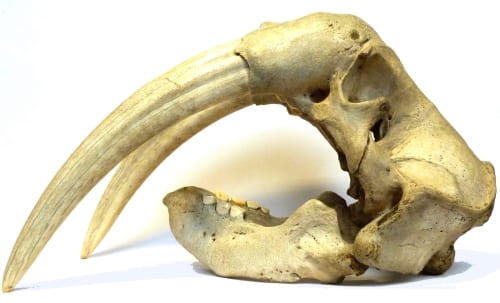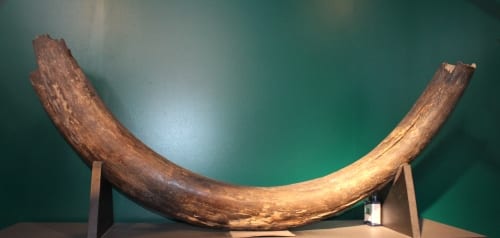Specimen of the Week 273: The Narwhal Tusk
By Jack Ashby, on 6 January 2017
Happy New Year. It’s the start of January and we are all now staring face-first into the maw of 2017. Let’s hope it’s a good one. When the animal-owner of this week’s Specimen of the Week stares into anything, it has to do so at a distance. That’s because it has one of these giant straight tusks sticking horizontally out of the front of its face. This week’s Specimen of the Week is…
 Close
Close





